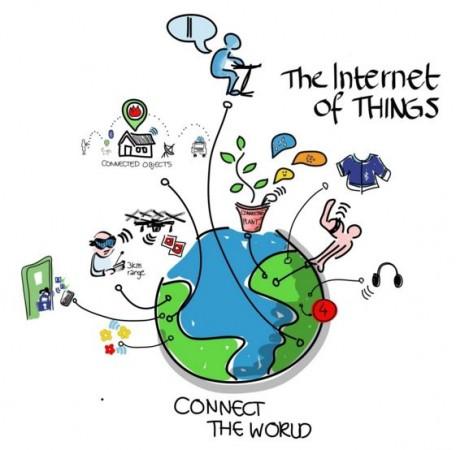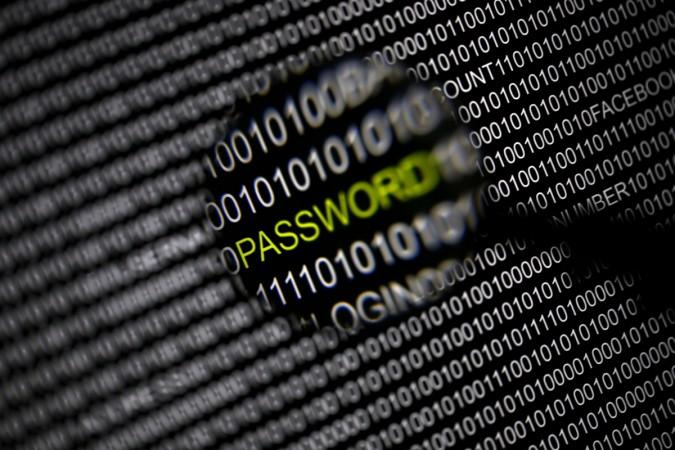Smarter the homes, higher the chances of getting hacked. But that is no reason to stop the evolution of things as risks are an integral part of daily technology life. Be it browsing the internet or online banking, the risks are high, but no one stops using the services. Instead, extra precaution is exercised, which should also be the case with smart homes.
Cybersecurity researchers have warned that many smart devices are vulnerable to hacks, everything from your fitness tracker to a smart TV or any other smart home appliance. The US Cybersecurity & Infrastructure Security Agency issued an advisory in view of a new report by Forescout cybersecurity firm, which identified millions of smart devices with software vulnerabilities waiting to be exploited by hackers.
Hackers can take one loophole and penetrate into the home network. The next thing you know, your home's CCTV cameras, thermostats, security alarms, webcams, routers, smart speakers, TVs, etc are all in their control. In fact, something as tiny as smart plugs can let hackers in, which could lead to identity theft, stealing personal information, or get even worse to the hacking of public control systems that supply water, power and other critical services.

There have been some instances of people getting exploited through these vulnerabilities, which is why it is better to be safe than sorry.
How to protect your smart devices at home?
Here are a few simple methods that anyone can do to protect their smart home devices and the network at large.
Passwords + 2FA
It is important to use complex passwords, which must be a combination of letter, numbers and special characters. Make sure you do not use the same password across multiple accounts or devices, which only makes hackers' job easier in getting hold of the network. While it may be difficult to remember different passwords for different accounts, the best solution is to use a password manager, which generates random, strong passwords and all you need to remember is one master password to get in the vault.

Another important aspect is two-factor authentication, which is proven to be highly effective in keeping hackers at bay. The 2FA feature is available on most services, so it is wise to enable it.
Dual Wi-Fi networks
It is a common practice to have all the smart home gadgets connected to the same Wi-Fi network, but if there is a provision to have two separate Wi-Fi networks then smart homes like the computer, smartphones can be on one network and the other devices like TV, cameras and the rest on the other.

Check devices on your network
This is highly important and often ignored. We tend to share our passwords with anyone and everyone, but make it a practice to check all the devices on your network. Any device that you think is on there but you do not recognise, instantly remove them. You can change the Wi-Fi network password from time to time if you are unaware of accessing the router's IP to check devices.
Software updates
Another crucial aspect to protecting your smart home is ensuring all your gadgets are up to date with the latest software. Since many OEMs allow for automatic updates on Wi-Fi option, it is recommended that users choose that as a default setting on all devices.









!['Had denied Housefull franchise as they wanted me to wear a bikini': Tia Bajpai on turning down bold scripts [Exclusive]](https://data1.ibtimes.co.in/en/full/806605/had-denied-housefull-franchise-they-wanted-me-wear-bikini-tia-bajpai-turning-down-bold.png?w=220&h=138)



